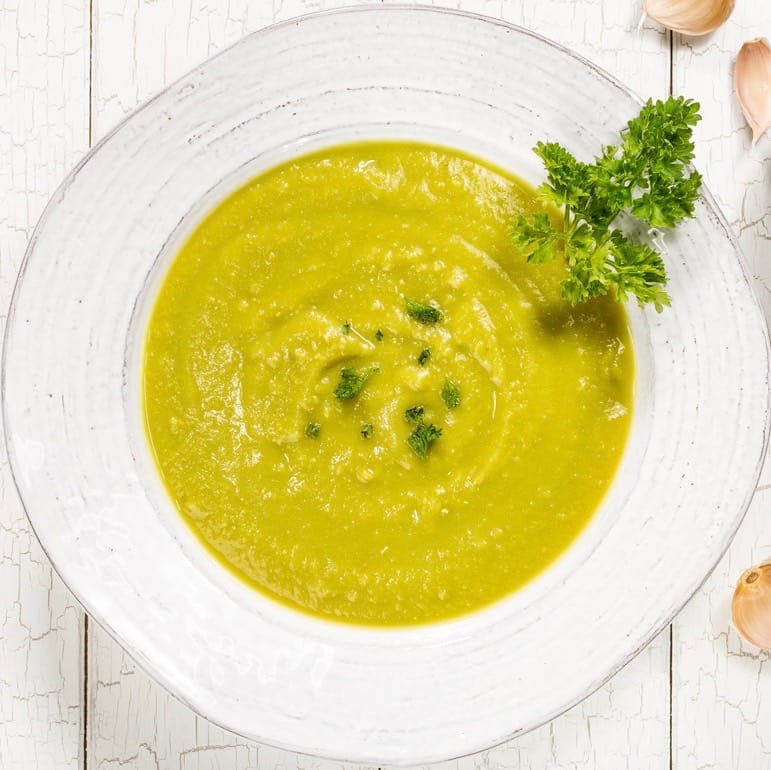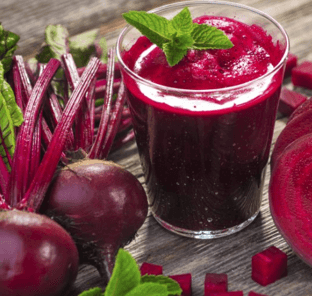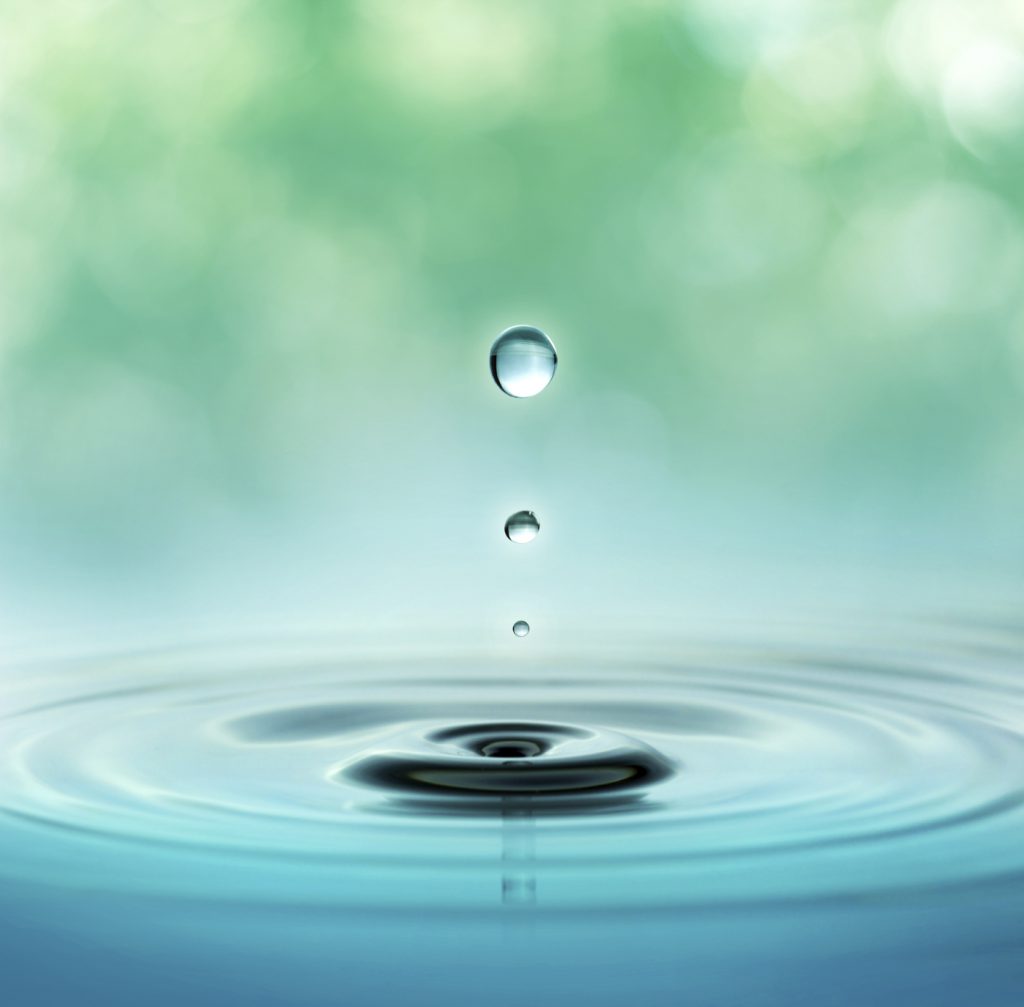Slick marketing of sugar water works—for everyone but our kids.
Question: What’s the difference between: flavored water, fruit drinks, sports drinks, energy drinks, and soda?
Answer: Very little
Why? Because they ALL share this recipe:
- First ingredient: Water
- Second ingredient: Sugar
With heavy emphasis on that second ingredient. And we’re buying it—hook, line, and sugar.
This Sugar-Coated Problem is Vast
Yes, 60% of girls and 70% of boys ages 2-19 have 1 sugary drink per day and over 1/3 of high schoolers guzzle 2 or more every day.
A provocative study examines the impact of sugary beverage marketing on parental purchases:
What’s inside “Fruit” Drinks?
- almost as much sugar as soda
- 2/3 do not contain any fruit juice
- when juice is added, it rarely exceeds 10% of the drink
Yet, 80% of parents buy fruit drinks for their young children. It appears that the marketers have been quite effective as parents surveyed were six times more likely to consider fruit drinks to be healthier than soda.
Sugary Drink Health Claims
The study showed that parents are particularly prone to purchase drinks that advertise special nutritional claims, including high content of Vitamin C, electrolytes, and antioxidants. No wonder that 80% of fruit drinks evaluated made such claims.
Artificial Sweeteners
Parents studied expressed concern about the use of artificial sweeteners—and for good reason. There’s not enough long-term data yet to help scientists know for sure the long-term health implications of artificial sweeteners.
Yet the reports shows a whopping 40% of children’s beverages contain artificial sweeteners—ingredients artfully absent from the front of the product, and often identified by careful inspection of the nutrition facts label.
Energy Drinks
Last, and most definitely least…many energy drinks are marketed specifically to kids. These products are the perfect storm of sugar and caffeine. The caffeine content of energy drinks varies but is typically 80-160 mg, the same range as that found in a cup of coffee. And then you add the sugar, which for the most popular energy drinks totals 6 teaspoons. Imagine how you would feel if you had a cup of coffee with 6 teaspoons of sugar. Now imagine the effect on a child or young adult.
Side effects of energy drinks in kids includes sleep disruption and a rise in blood pressure.
The caffeine in energy drinks masks the depressant effects of alcohol. According to the Center for Disease Control, adding energy drinks to alcohol triples the likelihood of binge drinking and doubles the risk of an unwanted sexual encounter.
Shockingly, energy drinks are being sold directly to our kids. I recently visited a high school where energy drinks were sold in the cafeteria vending machines.
Great Alternatives to Sugary Drinks
There is no drink healthier—or cheaper—than plain water. Other good alternatives include sparkling water flavored with unsweetened lemon or lime. These can be very satisfying but may require some time for adjustment as you wean your children off the liquid sugar.
If you do choose to buy sugar-sweetened drinks, check the ingredient list carefully to find one with a lower sugar content that is also free of artificial sweeteners. And most definitely, stay clear of energy drinks. Check out the drinks served in your children’s school cafeteria—you may be in for a jolt.
References:
Parents’ Beliefs about the Healthfulness of Sugary Drink Options
Sugary Drink Facts 2014: Food Marketing to Children and Teens
Artificial Sweetener Use Among Children
Interested in eating better for your own health?
Learn the essentials of good nutrition in our interactive, user-friendly nutrition learning program for the public.
Clinicians: Do you feel confident responding to patient questions about nutrition?
Take our award-winning condensed interactive nutrition CME—and learn what every clinician should know about nutrition.



